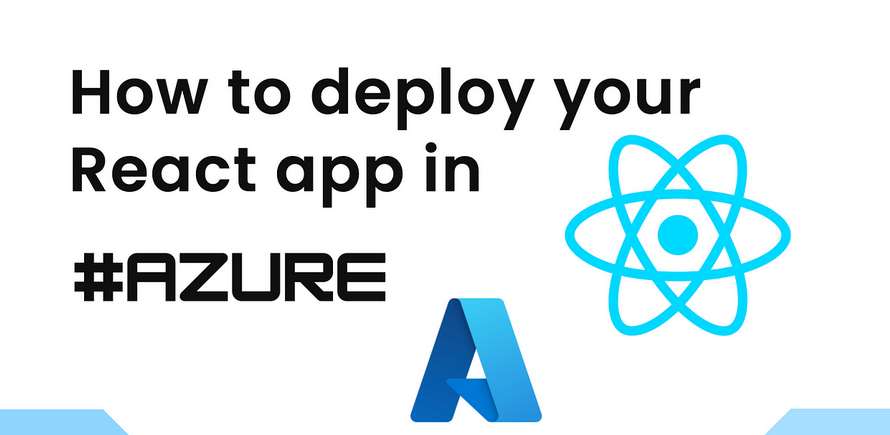CodePipeline is an orchestrator that works with all the services discussed previously. It manages the overall software delivery process and is responsible for invoking certain services, in the defined order.
Using YAML and JSON templates, you can code an automated procedure that can be used to reliably release software every single time. The service shines in terms of native integrations with many other services. This abstracts lots of internal details and lets you focus on application-specific details.
IaC
With the ever-increasing complexity of software applications, infrastructure requirements have grown exponentially. Managing all these components manually is error prone and subject to human limitations. Using standard tools, SDKs, and APIs, AWS makes it easy to manage the entire IaC. It takes minutes to spin up and tear down infrastructure across an entire AWS region.
AWS offers SDKs in different programming languages such as Python, Go, Ruby, JavaScript, C++, and many more. Using familiar programming syntax, you can develop and operate your entire software stack using code. In the later chapters, we will learn about the relevant AWS services, such as CloudFormation and Cloud Development Kit (CDK).
AWS CloudFormation
With JSON or YAML templates, users can define their entire infrastructure stacks and maintain them as code. CloudFormation allows them to build resource dependency graphs automatically and provision all services in the desired order. It further supports multi-region and multi-account rollouts, which is helpful for enterprise-grade AWS landscapes.
AWS CDK
This is an opensource, infrastructure management framework that works using the concept of constructs – readymade abstractions for deploying integrated application components. Under the hood, it works with CloudFormation templates but abstracts these details from the end user. It offers native programming language features such as conditionals, composition, and inheritance, which enable the user to apply programming methodologies to infrastructure management. These reusable components can then be shared with other teams in the company. This not only accelerates overall DevOps adoption but also leads to standardized infrastructure solutions for a particular application pattern.
Summary
In this chapter, we discussed two real-life examples that helped you to compare different approaches to building solutions and to enable your teams. While this highlighted certain drawbacks in the traditional on -premises infrastructure model, you also learned about the practical benefits of using AWS services in the cloud.
Along the way, we also covered some guiding principles that will make your life as a software professional easier. You learned how to think of your end users as customers, align technology offerings to their business outcomes, reduce their cognitive load, and focus on iterative development practices.
With the foundations set, we then dived into important DevOps methodologies that enable software delivery at scale, reliably and securely. Toward the end, you learned about key AWS services that can boost your DevOps adoption and offer enterprise-grade reliability, availability, and security.
In Chapter 2, Choosing the Right Cloud Service, we will learn about the different service models offered by AWS and some strategies to decide what works best for your organization.
Further reading
You can gain a greater insight into AWS service offerings in the continuous integration, continuous delivery, and continuous deployment space by examining the official whitepaper:https://docs. aws.amazon.com/whitepapers/latest/practicing-continuous-integration-continuous-delivery/welcome.html

